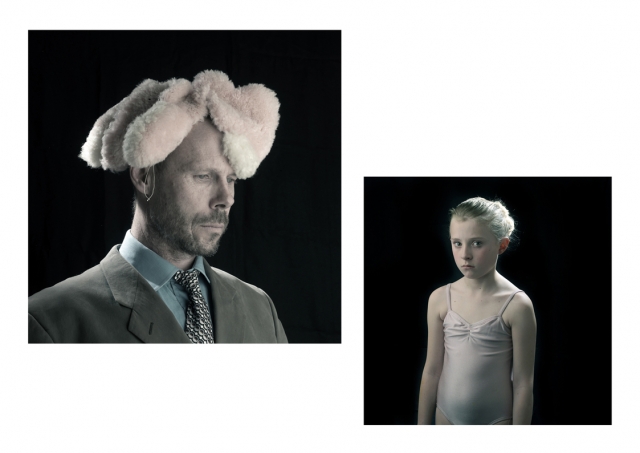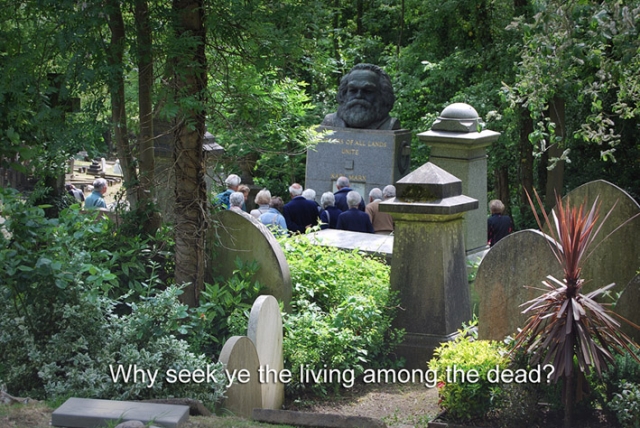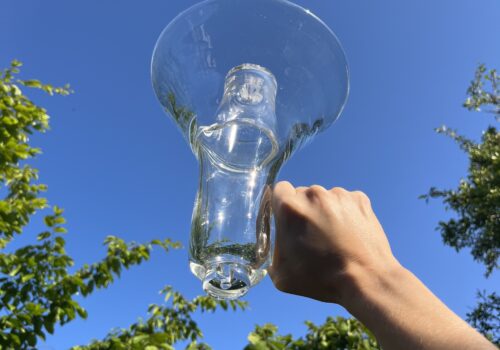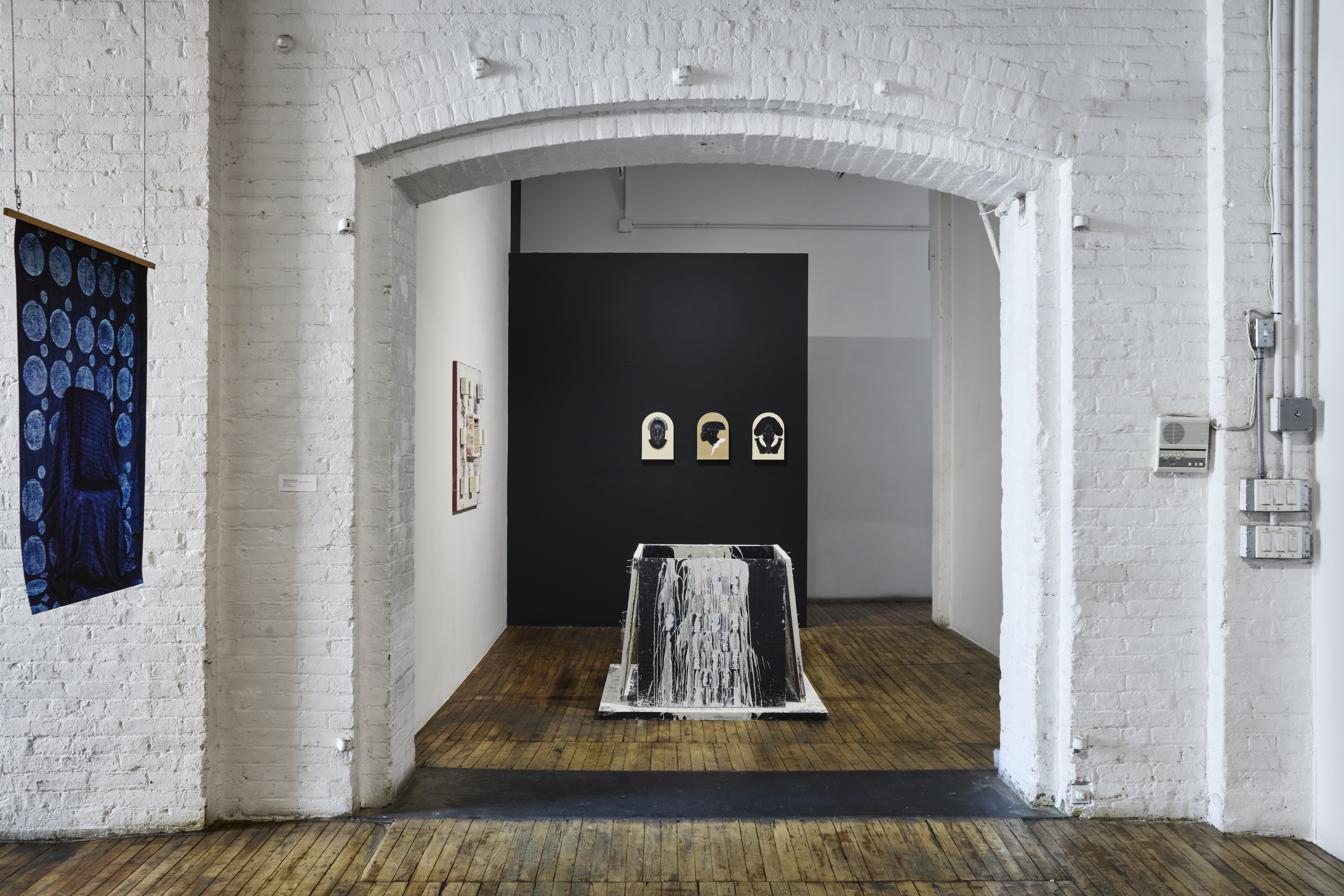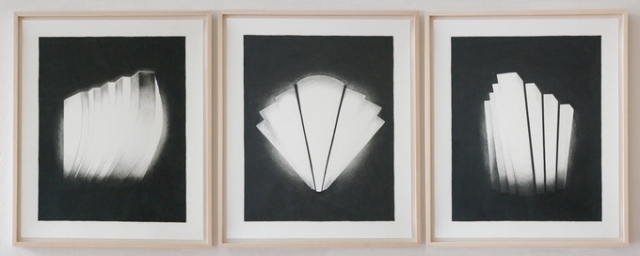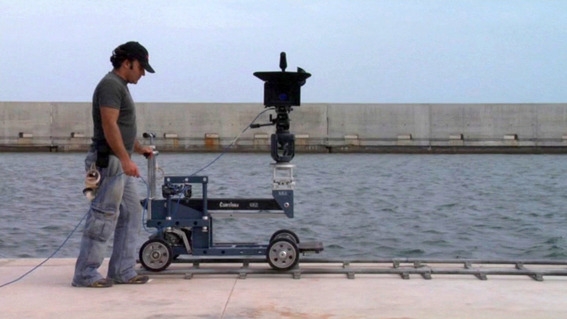ISCP TalkOctober 19, 2010
Salon: F4 (New Zealand) and Szabolcs KissPál (Hungary)
F4 (Susan Jowsey and Marcus Williams) will discuss their practice from two different angles. Williams will briefly contextualize their individual backgrounds, how their two careers converged into a collaborative ethos and what role their children now play. He will also discuss the collaborative process as it applies to the production of F4’s work. Jowsey will sketch out some of the visual nuances in F4’s recent work as they relate to particular themes within the collective’s practice.
Accompanying their talk, F4 will show a multi-component wall installation involving altered photographs. The piece is called “The Suture” and is a product of new exploration and collaboration at the ISCP in 2010.
F4 is a conceptual and structural response to the introduction of children into a couple’s partnership; a boy Jesse and his sister, Mercy. The intersubjectivity of collaboration, the mediated nature of socialization in contemporary culture and the implications of power relations in these contexts remain broad themes within this collaborative model. Familial relationships and the investigation of representations of family are particular to F4’s work. Ideas are developed and have been cultivated overtime with specific attention paid to conceptual and visual potential inherent in the prolific creative gestures generated by both children in their everyday play. These can play out through multiple iterations, which may at one time be championed by, one or other of the adults, but always remain the intellectual property of the collective.
Szabolcs KissPál will present a selection of videos, installations and objects, as well as more recent projects started at ISCP. Commenting on his own works, he will introduce a wider interpretation of the political, tackling the politics of perception, the politics of representation and that of memory to conclude with the political of the political. KissPál will speak about what public sculptures look at, what the connection is between Karl Marx and Jesus or between the recent economical crisis and America’s best real estate agent, all of this in the framework of the particular difference between the artist’s precious and the simple workers’ non-precious time.
Szabolcs KissPál (born 1967 in Romania) graduated with an MA degree from the Academy of Fine Arts Cluj, Romania, KissPál moved to Hungary where he obtained a DLA (PhD) in 2007 from the University of Fine Arts in Budapest, where he currently teaches (Intermedia Department). His work has been widely exhibited including at the following: Kunsthalle Budapest, Hungary; apexart, New York; Venice Biennial, Italy; Stedelijk Museum, Amsterdam; International Media Art Biennale, Seoul, South Korea. His installations and videos can be found in the collections of the Ludwig Contemporary Museum Budapest, Hungary; the National Museum for Contemporary Art Bucharest, Romania and the Kadist Art Foundation Paris, France.
